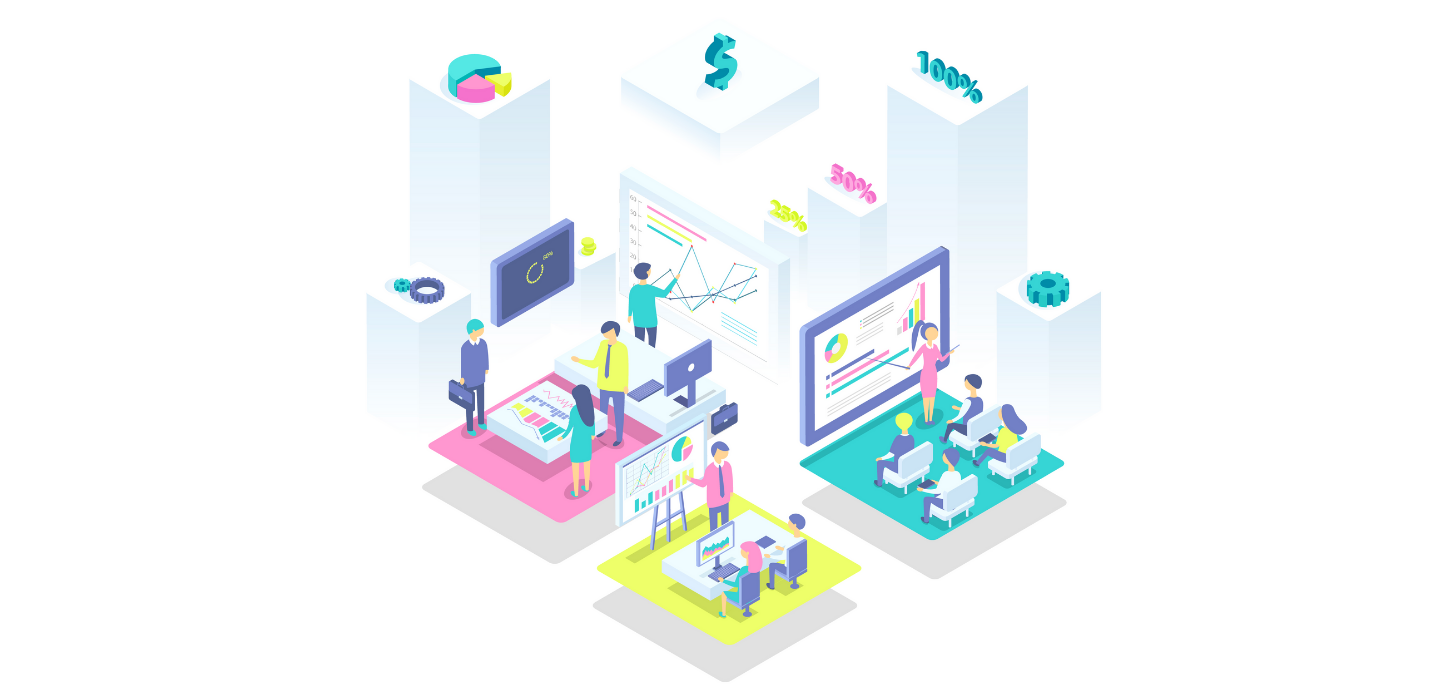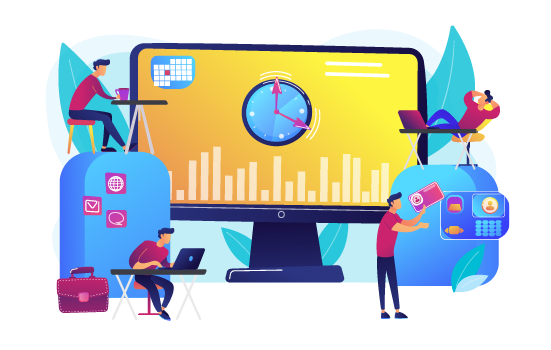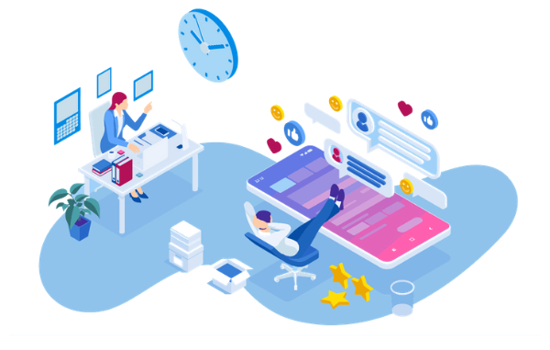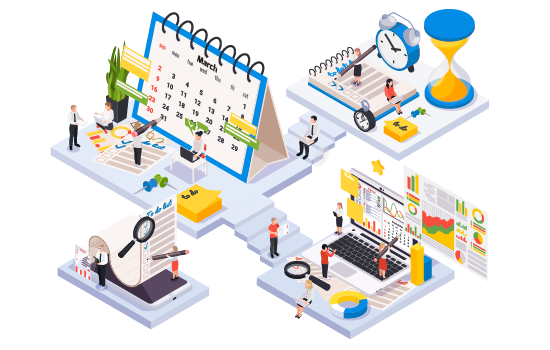Productivity goals in 2020: planning early for rewards later

As the holidays are winding down, it is time for most of us to recalibrate our focus, regain our composure and reclaim our 20/20 vision. Now, we know it’s much easier said than done, however ponder upon the following thought: have you ever found yourself procrastinating and kicking the proverbial task-can down the road, until it is suddenly mid-year and now you have to suddenly shift matters into overdrive?
If you feel a mounting sense of dread and uneasiness, now is the time to begin sorting everything out, while the year’s still young and opportunities abound.
Score by hitting the goal post
Coming back to work after an extended period of revelry and merriment is not an easy feat – it may oftentimes feel like the world’s biggest chore. However, things mustn’t be so dreary. Instead of seeing our work tasks like household chores, we can go about a different route – setting different levels of importance for each of them.
- HIGH, Medium, low
- Red, green, yellow
- Main task, side task, optional task
- Critical, important, neutral
While this may not seem like the most groundbreaking strategy, its two main benefits are the fact that we now have a structured representation of our tasks and we also know which ones require the highest degree of expediency.
In addition to this, by breaking up our tasks into little pieces, we also avoid the trap of setting sky-high, unattainable objectives which only serve to stress-test our patience.
If you prefer an even more structured approach, ol’ reliable – also known as S.M.A.R.T. goal-setting, is always a good option to fall back on.
Set up healthy routines
Routines...“ugh” sighed a million voices. For the past decade, routines have always seemed to have a bad rap. People associate this concept with a dull, repetitive, monotonous lifestyle, and while for the most part, they would be right, things do not have to be that way. Routines can become a cumbersome activity on one’s shoulders, but only if they become a product of afterthought and not a direct and conscientious choice.
People like Mark Zuckerberg or Barack Obama have developed attire-related automatisms, due to the nature of their jobs. Both the CEO of Facebook, as well as the former President of the United States, have noted in the past that every day, they must make tens or hundreds of high-level decisions. Choosing what to wear day in & day out cannot be one of those.
You’ll see I wear only gray or blue suits. I’m trying to pare down decisions. I don’t want to make decisions about what I’m eating or wearing. Because I have too many other decisions to make. – Barack Obama
I really want to clear my life to make it so that I have to make as few decisions as possible about anything except how to best serve this community. – Mark Zuckerberg
This all boils down to something known as decision fatigue, a state of mind in which an individual suffers from a constant state of tiredness due an uninterrupted flow of mental activities and checks they perform, each and every day.
Roy F. Baumeister, a psychologist researching decision fatigue, notes the following: “making decisions uses the very same willpower that you use to say no to doughnuts, drugs, or illicit sex.”
We can use the same thought process and apply it to our jobs. Conjuring healthy routines, which give our minds a shortcut to certain situations may prove a useful tool in handling stress and heavy workloads. When you know all the variables to a certain situation or habit, you may very well consider making that a conscientious automatism. For example, getting your daily mug of coffee at work or printing out materials for a meeting could very well be your brief “mental break” moment.
An app a day keeps procrastination at bay
If you are unsure how to maintain a routine or keep track of your daily goals & objectives, you can employ the use of a time-task-employee (TTE) management application. There are many types of apps, from hour trackers, communication platforms, scheduling software, to project & task organizers, calendar apps and mind mappers.
The important part is recognizing which one fits your needs best, as you might be using it for prolonged periods and you do not want to keep switching between apps all day, every day. Look for a combination of intuitive interfacing, high degree of customization and affordable pricing.
Block off distractions
Nowadays, it is easier than ever to become distracted, as the ease and speed with which we acquire information is reached unprecedented levels. Smart phones, smart watches, tablets, iPads, laptops, all of these mediums enable us to access information at the press of a button. When we couple this with the fact that information on any conceivable topic is readily available, we have a recipe for distractions.
As a result, coming up with a work-break strategy for our time allotments seems like a good place to start. The Draugiem Group found that in order to achieve maximum performance, individuals worked for 52 minutes, after which they took a 17-minute break. This resulted in a 100% task dedication ratio, with no quick social media checks. Once they reached the 1-hour mark (52 mins), everyone became completely disconnected for the following quarter of an hour, from their work-related tasks. This created an achievable sense of work that leads to reward.
Final thoughts
It is not an easy feat to restart our activities after a period of rest & relaxation. However, if we set up simple, attainable and straightforward methods of going about our businesses, early on, we’ll find it much easier to cope with whatever our workplaces throw at us once we shift into full gear.
The early bird catches the worm, or so the saying goes. We can look at things from a similar perspective. We know we have to be productive, we know our future selves will be grateful if we set up a personal management system at the dawn of the new year, therefore, we should look to be the early birds that catch the first glimmers of our productive selves now, in order to reap the advantages later.


